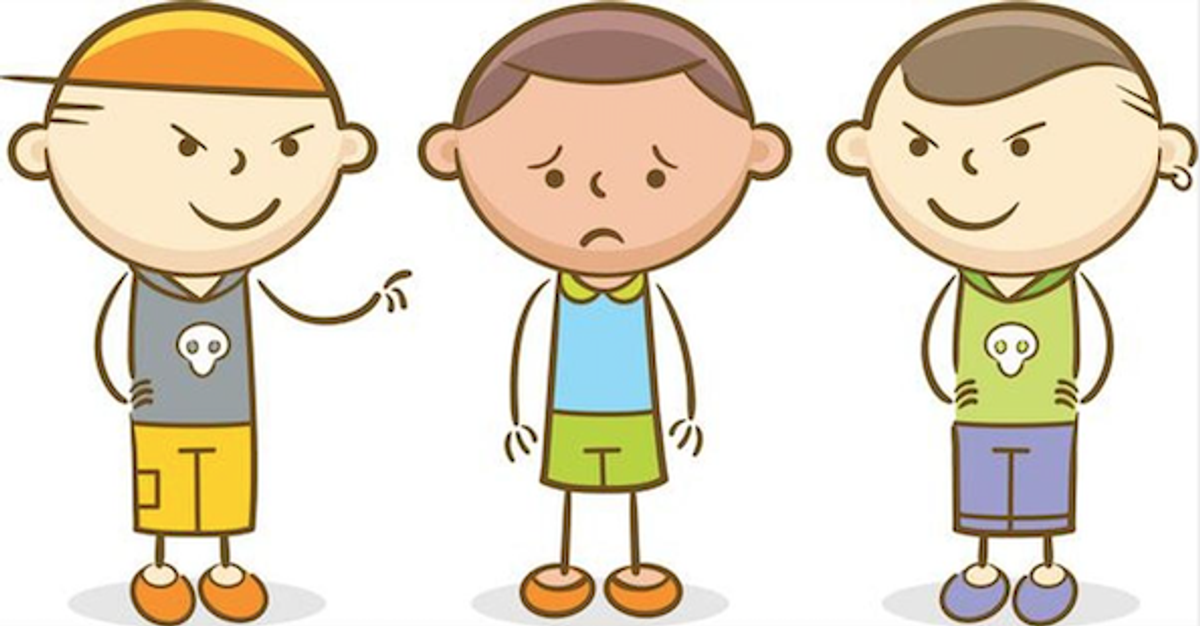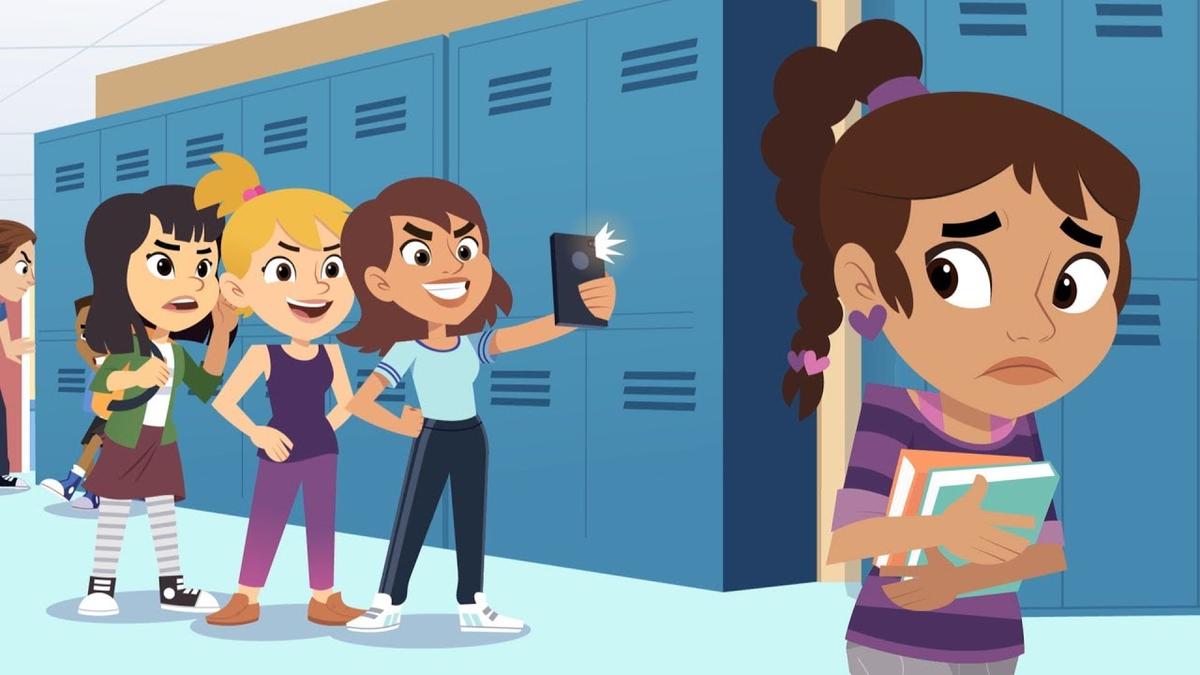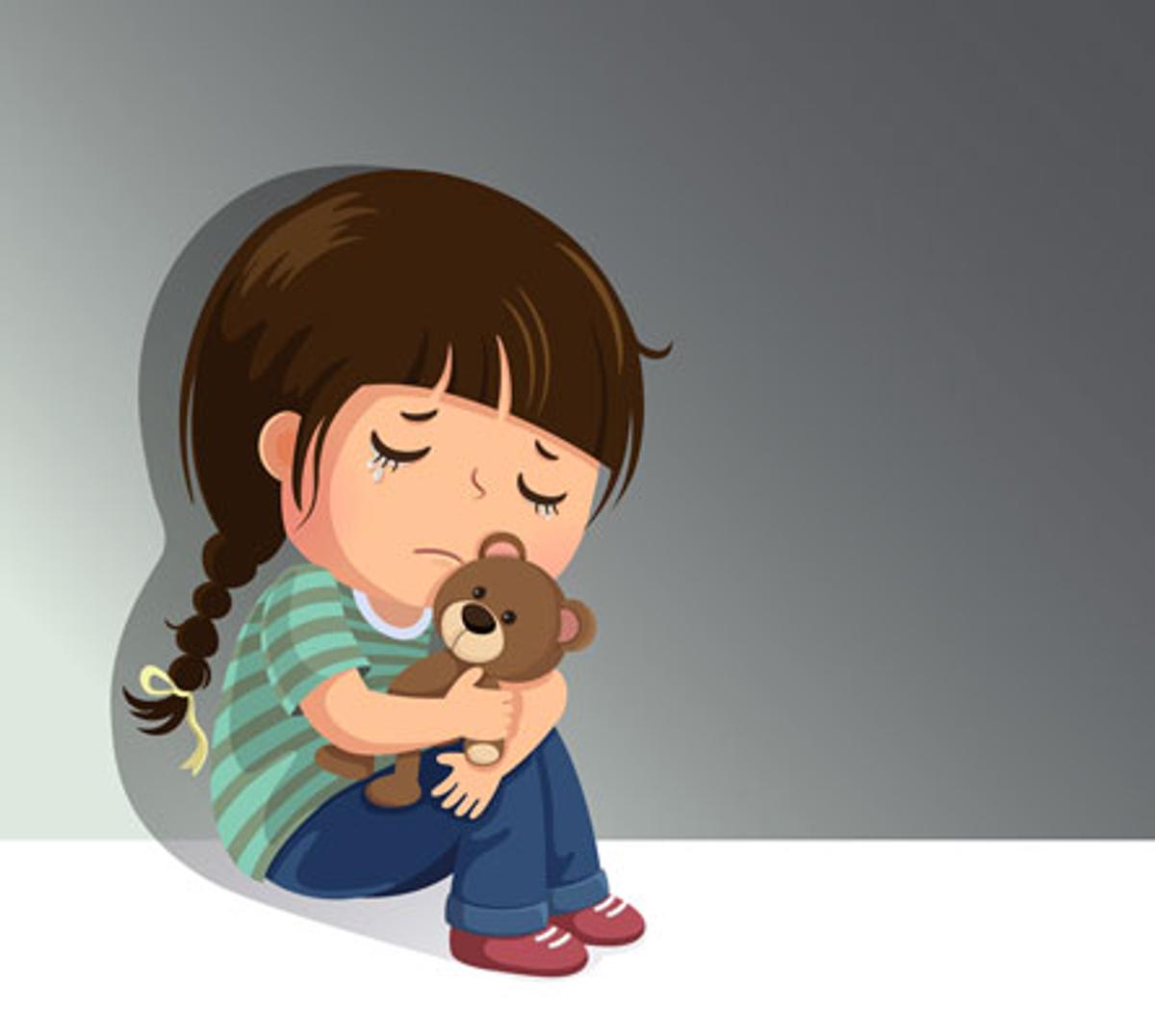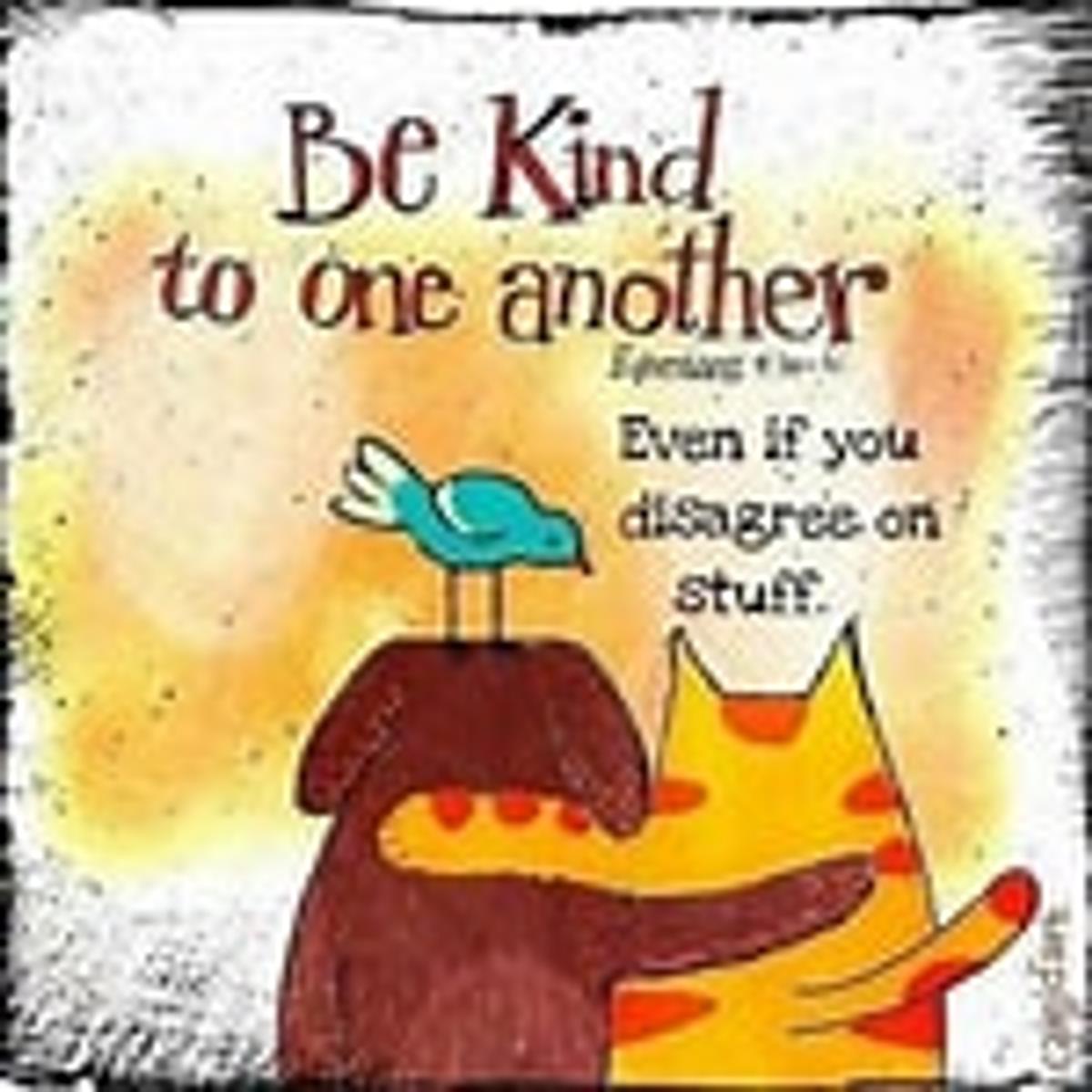Wellbeing
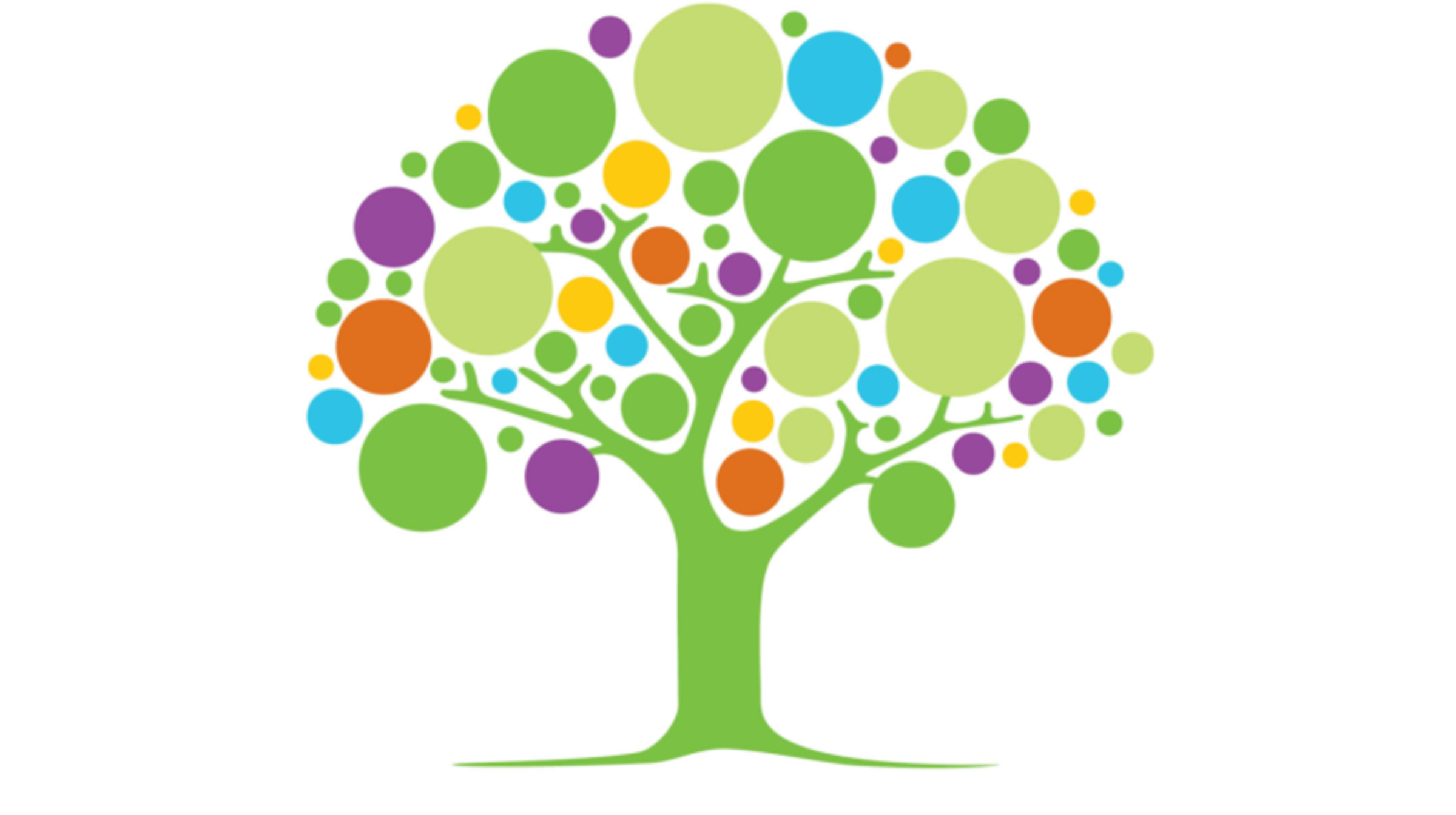
The difference between being a bully, rude or mean
Many parents are concerned about bullying and desire to protect their children from it. In addition, parents usually never like to hear that their child is being accused of being a bully.
Sometimes behaviour might be mistakenly viewed as bullying, when it is actually someone being rude and/or mean. So how do we tell the difference and how do we explain that difference to our children?
What does rude behaviour look like?
It is inadvertently saying or doing something that hurts someone else. In children this takes the form of social errors like burping in someone's face, jumping ahead in line, bragging about achieving the highest grade, throwing a pile of autumn leaves in another child’s face or taking sticks from someone else’s cubby house.
These incidents are usually spontaneous, unplanned thoughtless actions; being ill-mannered or a demonstration of narcissistic behaviour.
However, they are not intended to hurt someone.
What does mean behaviour look like?
It is deliberately saying or doing something to hurt someone one or two times. It aims to hurt or denigrate someone. Mean behaviour in children can be motivated by feelings of anger and/or the desire to feel better about themselves and look better in the eyes of others. Rude and mean behaviour are not acceptable. However, these behaviours do differ from bullying.
What does bullying behaviour look like?
It's more than just a fight or disliking someone. It is intentionally aggressive behaviour, repeated over time, that leaves the victim feeling powerless and fearful.
There are many kinds of bullying such as:
- Physical - Poking, hitting, punching, kicking, spitting, tripping or pushing someone; breaking someone’s things; pulling faces or making rude hand signals.
- Verbal - Name calling; teasing; putting someone down; threatening to cause someone harm.
- Relational/Social - exclusion; hazing (any activity expected of someone joining or participating in a group that humiliates, degrades, abuses, or endangers them, regardless of a person’s willingness to participate); spreading rumours; lying; playing horrible jokes; embarrassing someone in public.
- Cyberbullying - Using technology to hurt someone else by sending hurtful messages, pictures or comments.
Children who bully choose to say or do something intentionally hurtful to others and they keep doing it - usually without feeling regret or remorse - even when the target of their bullying shows or expresses hurt or asks the aggressor to stop.
Some reasons for bullying behaviour include:
- Feeling jealous
- Wanting others to like us
- Wanting to feel better about ourselves
- Wanting to fit in with friends
- Feeling angry inside
- Liking to be in control or to have power over others
- Have been the target of a bully
- Failing to understand that it’s not okay behaviour.
Some ways that bullying can impact:
- Difficulty sleeping
- Loss of appetite
- Trouble concentrating
- Feeling down
- Have difficulty coping
- Considering self-harming
- Suicidal feelings
- Feeling physically ill
- Feeling powerless, helpless and hopeless
- Feeling isolated, sad, angry and confused
- Feeling unsafe or fearful.
It can be a challenge to differentiate between a situation that entails bullying or one where someone is insensitive or mean. Bullying behaviour is really a form of being mean as well. Regardless of whether a certain behaviour meets the formal definition of bullying or is just plain mean, it is not okay. One way to get to the core of the problem is through a simple question, “Was the behaviour kind?” If it was not, then it is not okay.
Some suggestions for children facing a challenging situation with a bully:
- Keep space between yourself and the bully
- Don’t bully them back
- Tell them what they are doing is not okay
- Talk to an adult you trust
- Take time to do something nice for yourself
- Ask for assistance with reporting cyberbullying or assault.
As adults it’s important to remember to model kind and respectful behaviour in all our interactions with others because our children are watching and learning from us.
Anne Lawry
Chaplain


